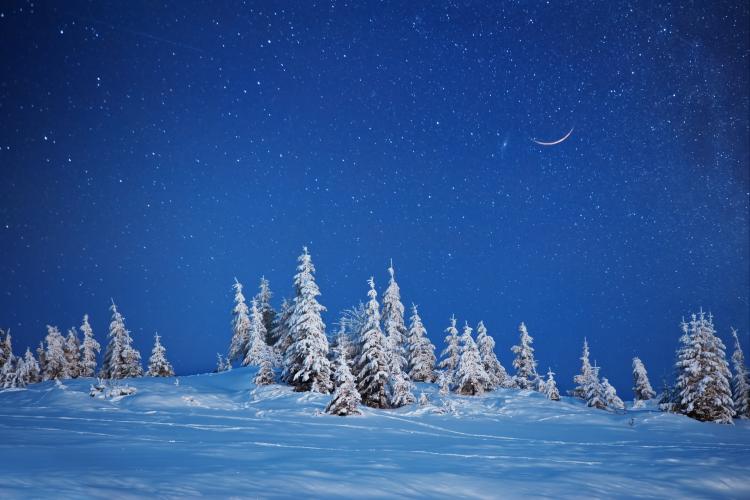I am completely lifting an article from another site (Time and Date.com) due to its relevance to now and the irony about it. I did get rid of all of its internal links – and recommend that if you are interested, please visit them. Time and Date is a very useful site. I use it often as a reference.
Much of Astrological information is plagued by misnomers. One person will name something and something else similar will take its place. So it is with the subject of The Black Moon. If you know anything about The Oracle Report, you have heard of The Black Moon (also referred to at Black moon Lilith and other such names).
THIS ARTICLE talks more about a nickname for a specific moon phase that does not happen very often. You may have hear of a “Blue Moon” or “The Harvest Moon”. This specific usage is in that vein, and I wanted to draw attention to it.
When Is the next Black Moon?
There are several definitions of a Black Moon. It can be the third New Moon in an astronomical season with four New Moons or the second New Moon in the same calendar month.

The first days after a New Moon.
©bigstockphoto.com/mr. Smith
Black Moon is not a well known astronomical term. In recent years, the term has been made popular by social media, astrologers, and followers of the Wiccan religion.
No Single Definition
There is no single accepted definition of a Black Moon. The term has been commonly used to refer to any of the following phenomena associated with the New Moon:
- Second New Moon in the same month: These Black Moons are the most common ones, and they occur about once every 29 months. Because of time zone differences, the month they happen in can vary, like the Black Moon in July 2019 (US) or August 2019 (UK).
- Third New Moon in a season of four New Moons: These Black Moons are a little rarer, and occur about once every 33 months. We divide a year into four seasons – spring, summer, fall (autumn), and winter. Usually, each season has three months and three New Moons. When a season has four New Moons, the third New Moon is called a Black Moon. This is the exact counterpart to the original definition of a Blue Moon, except that Blue Moons are Full Moons.
- No New Moon in February: About once every 19 years, there is no New Moon in February. This can only happen in February, as this is the only month which is shorter than a lunar month (lunation). When this occurs, both January and March have two New Moons, instead of just one, which is the norm.The next Black Moon by this definition will occur in 2033, while the last one was in 2014. Because of time zone differences, these Black Moons may not happen all over the world. For instance, there is a Black Moon in the most western parts of the US in February 2022, but not in Europe or Australia.
- No Full Moon in February: About once every 19 years, February does not have a Full Moon. Instead, there are two Full Moons in January and March, also known as a double Blue Moon.The next Black Moon by this definition will occur in 2037, while the last one was in 2018. Because of time zone differences, these Black Moons may not happen all over the world.
When is the next Blue Moon?
Invisible New Moon
New Moon is the Moon phase we cannot see at all from Earth, as only the far side of the Moon is illuminated.
However, 2–5 times a year, the New Moon comes between Earth and the Sun, causing a solar eclipse. The New Moon, or at least a part of it, is then visible as a silhouette in front of the Sun.
Moon Phases Local Time
Significant in Pagan Culture
Black Moons hold special significance to people who practice certain forms of Pagan religions and who believe certain actions become more potent when performed on the night of a Black Moon.
